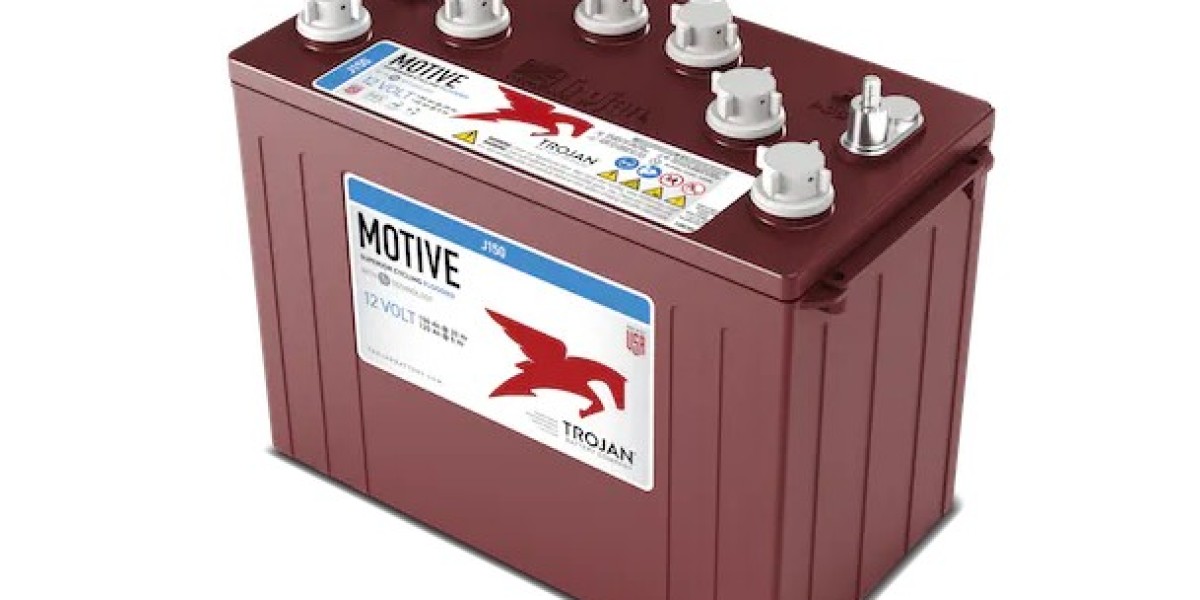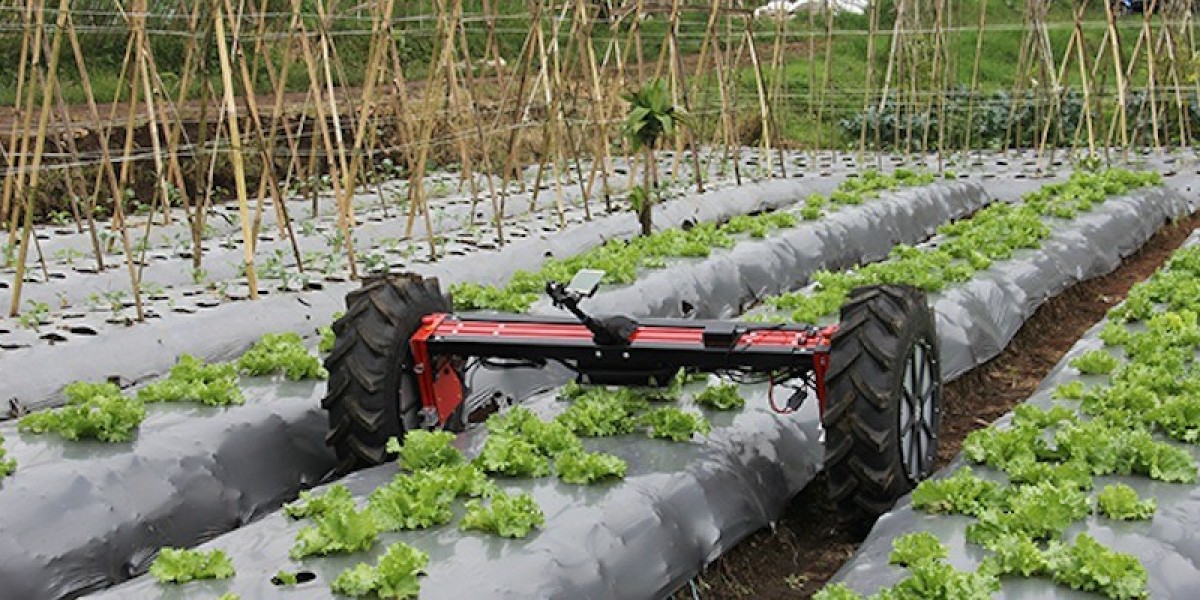With so many different types of lead-acid batteries available on the market, flooded batteries are the most popular choice and are widely used in every industry for various applications. Flooded lead-acid batteries are generally constructed with lead plates submerged into the electrolyte solution. It can have a significant impact on the environment because of the materials used in designing and the improper disposal of batteries. Lead is the most harmful substance that adversely affects our environment and increases potential environmental risks.
The demand of lead-acid batteries continues to grow, and with the increase in demand of flooded lead-acid batteries in automobile industries, many vehicle manufacturers have switched to making electric vehicles instead of fossil fuels. Therefore, it is crucial to know the right way to dispose of batteries so that they do not affect human health and the environment.
In this blog post, we’ll explore how flooded batteries are impacting our ecosystem and what sustainable solutions can be implemented to reduce the potential risks. Before knowing the sustainable solutions, you should know the adverse effects that flooded batteries have on the environment:
Lead Pollution
Flooded Batteries contain toxic chemicals and substances such as lead and sulfuric acid, which may contaminate the soil, water, or air when not handled or disposed of properly, affecting our ecosystem and human health as well.
Leakage of Acid
A flooded lead-acid battery has excess electrolyte solution, i.e. a mixture of sulfuric acid and water. It releases toxic gases like hydrogen, sulfur dioxide, lead, etc., which can contribute to air pollution if not disposed of properly. Also, if you dump a solution of electrolytes into the rivers, lakes, and streams and seep into water bodies, sulfuric acid can have a negative effect on an aquatic ecosystem or marine life.
Exhaustion of Resources
The manufacture of flooded batteries requires significant amounts of lead, which is a non-renewable resource. Over time, increased demand for raw materials and large consumption of lead may result in resource depletion or exhaustion of non-renewable resources.
Sustainable Solutions
To minimize the environmental impacts of flooded batteries, some sustainable solutions need to be put into practice throughout their lifecycle, from manufacturing to disposal.
1. Battery Recycling
Well, flooded batteries are recyclable; they must be stored properly when not in use so that they do not have any effect on the environment. Proper recycling of batteries can decrease the resource depletion and reduces the likelihood of improper disposal.
2. Eco-friendly Manufacturing Process
Follow energy-efficient and eco-friendly manufacturing processes for lead-acid batteries. This can include using non-harmful materials or renewable energy sources, optimizing production techniques, and reducing emissions during manufacturing. In order to reduce the use of lead and other hazardous materials, manufacturing companies have to adapt battery design, so as to cause less harm to the environment and human health.
3. Advancements in Battery Technologies
Do research on battery chemical reactions, materials, and technologies and develop some advanced battery technologies with longer battery life, better performance and less impact on the environment. The latest battery technologies can provide you with better energy fficiency and reduce the need for frequent installation or replacement.
4. Closed-Loop Battery Recycling
Battery manufacturing companies or industries should implement a ‘Closed-loop recycling system’ in the manufacturing process. This process involves extracting the materials and, later, use them in manufacturing the new batteries. This process can reduce the need for new raw materials and converse the resources as well.
5. Regulation and Enforcement
To encourage sustainable battery practices, the government should create and enforce laws to promote lead-acid battery recycling, proper handling, storage and disposal. Also, some programs should be run to educate and make consumers aware about the importance of proper disposal and flooded battery recycling in order to reduce pollution and make the environment healthy.
By practicing these sustainable solutions, it is possible to reduce the environmental impact of flooded batteries. You are advised to follow the above sustainable solutions and save the environment from pollution. It not only minimizes the environmental impact but also reduces the risk to human health.
Conclusion
Flooded batteries are widely used for various applications due to their affordability and reliability, which is responsible for environmental degradation. To minimize the negative effects of lead-acid batteries on the environment, it is best to follow sustainable solutions. Following regulations and enforcement is essential to conserve valuable resources and reduce pollution. By adopting sustainable solutions, we can move towards greener battery technologies that ensure a more sustainable future for both energy storage and the environment. Are you planning to replace your older batteries with new ones? In that case, you should contact a leading manufacturer of flooded batteries that offers you a variety of options in terms of designs, technology, capacity, etc. Also, the manufacturing company must follow the regulations for proper disposal, recycling, and storage. Find a reliable battery manufacturing company near you and buy flooded batteries for your industrial applications at great prices.








